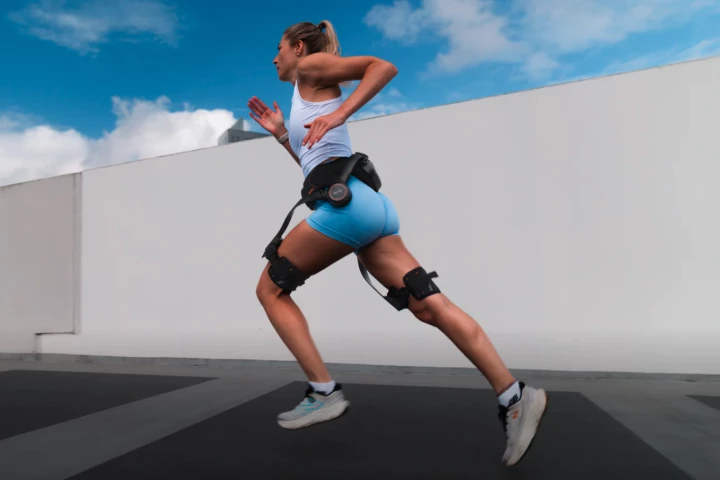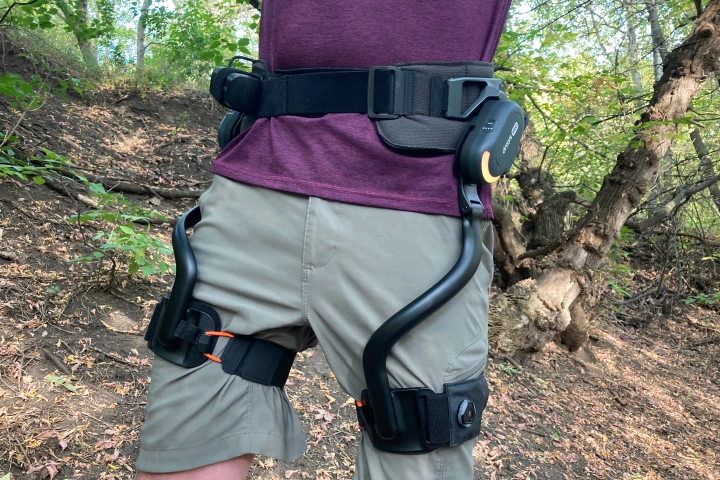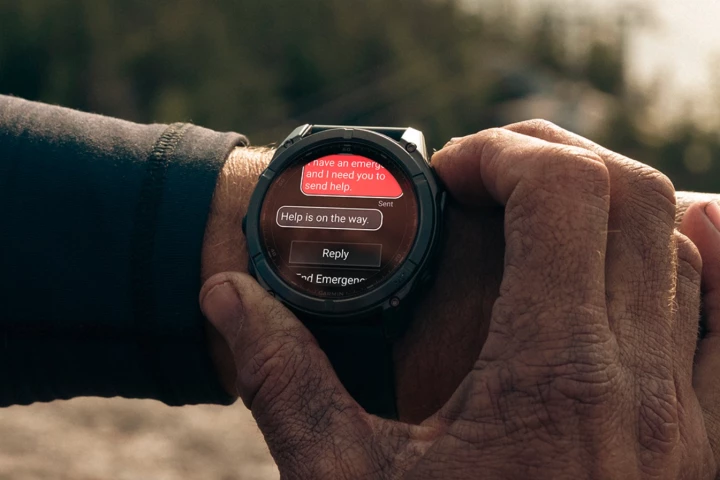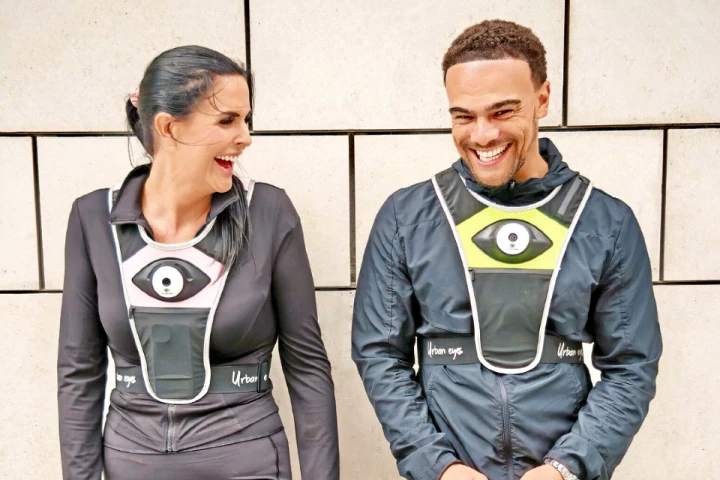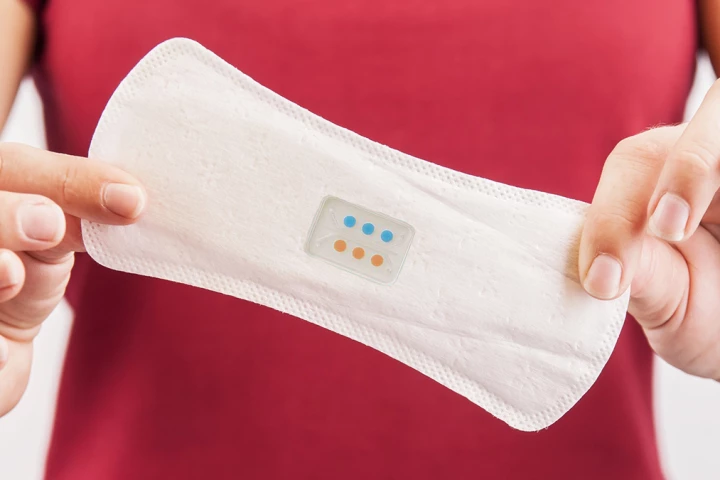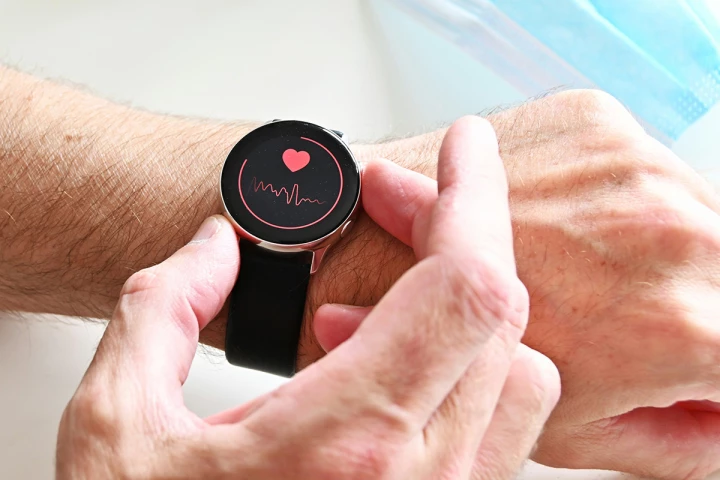Wearable
-
Provuu is a brand from Switzerland, where they know what's needed for a good day on the slopes. The company's ski goggles are now on Kickstarter, and if you’ve ever had to cancel a ski day due to low visibility, this might be a must-have gadget.
-
Inspired by children's science projects that used a lemon and copper wire to power a lightbulb, researchers explored how citric acid could enhance a gelatin-based electrolyte and create a biodegradable battery that can also stretch.
-
Does the feeling of standing up too fast and suddenly getting lightheaded sound familiar? Tracking your blood flow can explain why this is happening, and that’s what sets Lumia 2 apart from other similar energy-management devices.
-
Designed for bigger adventures, longer distances and heavier loads, the new X Ultra performance exoskeleton is what Hypershell calls its best model to date. The new wearable boosts performance with a full 1,000 watts channeled into your natural gait.
-
Mobility assistance exoskeletons are great for making light work of challenging outdoor activities. Ascentiz is entering the fray with a modular approach, allowing you to swap out components based on your body and your preferred pursuit.
-
Millions of people love the power boost offered by ebikes, so wouldn't they appreciate a similar boost for activities such as hiking? That's the thinking behind the Dnsys X1 exoskeleton, which I put to the test. It works … but it may not be for you.
-
Garmin just released the new Fenix 8 Pro fitness and outdoor smartwatch, which brings LTE and satellite connectivity to let you ditch your phone at home. There's also a nutso US$2,000 price tag on the "top-end" model, thanks to a new MicroLED screen.
-
Form has updated its Smart Swim 2 goggles, which track your performance and heart rate in the water, and show you those stats in a heads-up display. The latest version is now more durable, thanks to the inclusion of damage-resistant Gorilla Glass.
-
If you were a lowlife scumbag looking for someone to attack, you would likely avoid anyone who was wearing prominent front and rear video cameras. Well, that's exactly what the Urban Eyes vest brings to runners and other solo adventurers.
-
Although there already are "smart" contact lenses that monitor the eyes for signs of glaucoma, the devices are typically only worn when the patient is awake. A new type of contact lens, however, watches over the eyes throughout the night, too.
-
Researchers have developed a first-of-its-kind wearable tech that quickly, simply, and non-invasively tests for important health markers using menstrual blood. The affordable device could revolutionize women’s healthcare.
-
Researchers have developed technology to detect heart attacks in real time with a high degree of accuracy, and packed it into a chip that could fit in a wearable device. The team hopes it may someday feature in life-saving medical gadgets.
Load More



